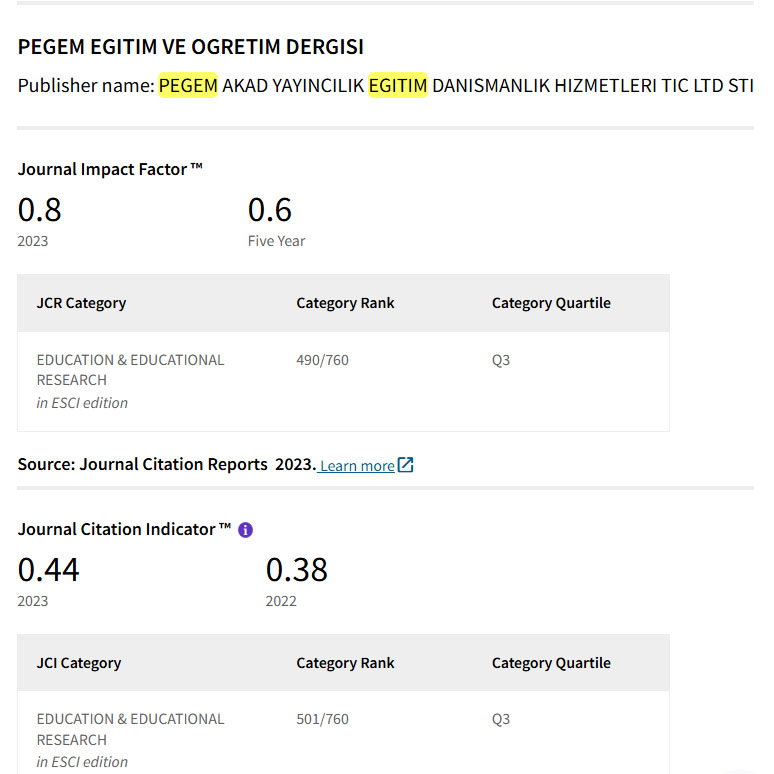Prediction for Collusive Fraud in Health Insurance using Machine Learning
Keywords:
Machine LearningAbstract
Their most recent update was prompted by a false need that a few blackmailers intend to use for future upgrades. Current information-based and quantifiable plans have limited ability to see drive from clinical thought due to the imagined system for managing acting's proximity to standard clinical visits and the absence of truly checked data. The huge interest cycle should be especially yanked to ensure its exactness.
Downloads
References
J. Li, K.-Y. Huang, J. Jin and J. Shi, "A survey on statistical methods for health carefraud detection", Health Care Manage. Sci.,
vol. 11, no. 3, pp. 275-287, 2008.
L. Akoglu, M. McGlohon and C. Faloutsos, "OddBall: Spotting anomalies in weighted graphs", Proc. Pacific-Asia Conf. Knowl. Discov. Data Mining, pp.
-421, 2010.
Downloads
Published
How to Cite
Issue
Section
License

This work is licensed under a Creative Commons Attribution-NonCommercial 4.0 International License.
Attribution — You must give appropriate credit, provide a link to the license, and indicate if changes were made. You may do so in any reasonable manner, but not in any way that suggests the licensor endorses you or your use.
NonCommercial — You may not use the material for commercial purposes.
No additional restrictions — You may not apply legal terms or technological measures that legally restrict others from doing anything the license permits.



